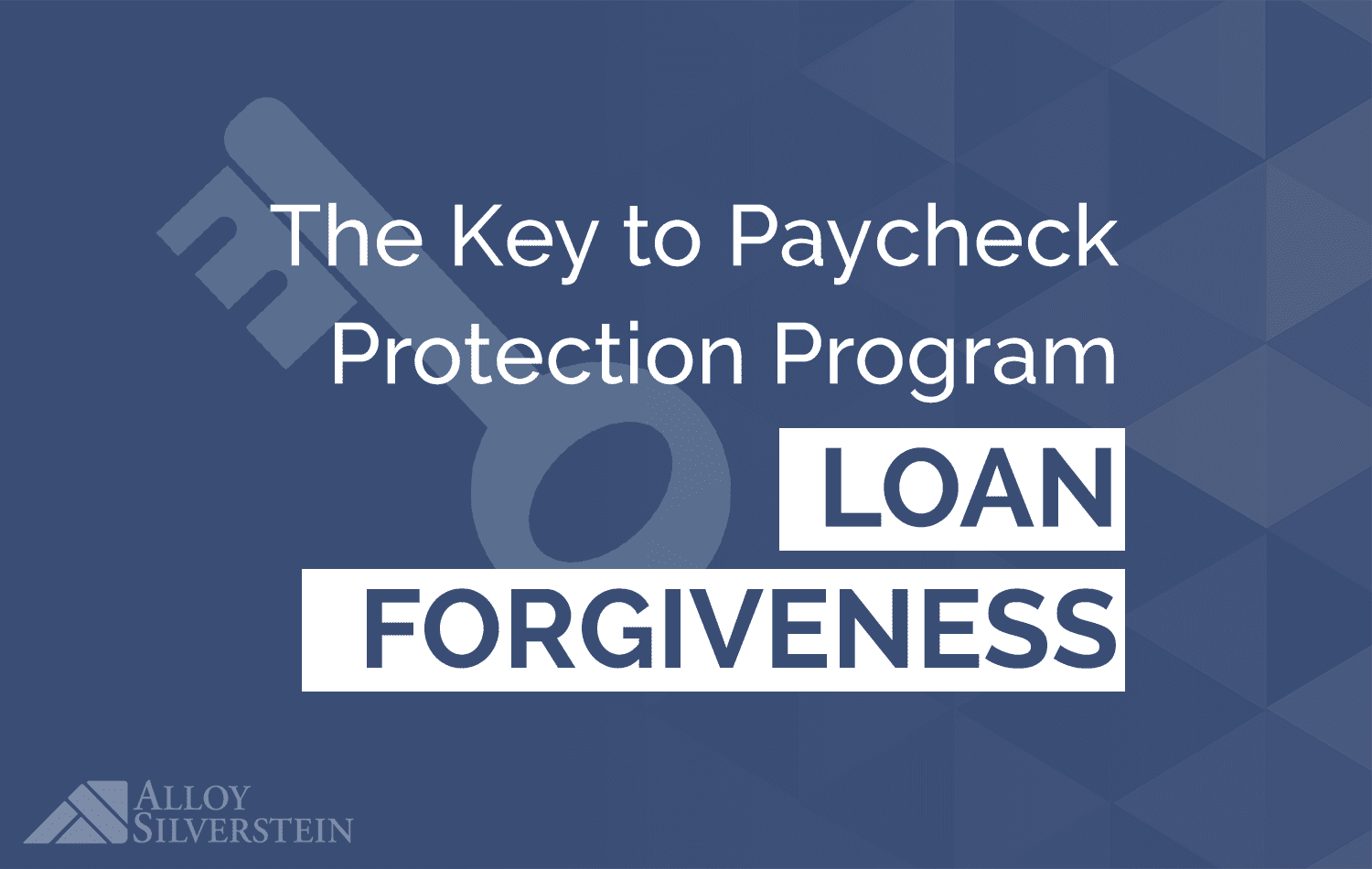
You received your Paycheck Protection Program loan. Now what?
Business owners who were able to secure SBA funding from the Paycheck Protection Program (PPP) are beginning to receive their loan proceeds. A major benefit of the Program is the advertised loan forgiveness. However, forgiveness is only applicable if the proceeds were spent on specific expenses.
In order to maximize your chance at PPP loan forgiveness, your next steps are very important. Keep the following in mind.
Built into the CARES Act, the purpose of the PPP was to encourage small business employers to retain employees during the COVID-19 pandemic and extend them the funds to do so. The amount eligible for forgiveness is instructed to be allocated in the following ways:
At least 75% towards payroll costs:
No more than 25% towards:
Schedule-C filers and independent contractors are not included in the above payroll costs as they are eligible to file their own PPP loan application. The forgiveness amount is based on the borrower’s average monthly profit for 2019 (owner compensation replacement).
To be eligible for forgiveness, the loan proceeds must be spent on employee payroll costs, interest payments on business related debt (real or personal property), business rent payments (real or personal property), and/or business utility payments. However, in order to include the interest, rent, or utility payments as forgiveness in 2020, those expenses must be present on the 2019 Schedule C. To know exactly what to expect and how to prepare, it is important to discuss the forgiveness rules with your lender.
Loan forgiveness is not a given. For the best chance at forgiveness, thorough recordkeeping from the beginning is a must. The forgiveness period lasts for eight weeks and starts the day the borrower receives the money from the lender. Borrowers have to provide proof of qualified expenses and apply for forgiveness.
The following recommendations can increase your likelihood of forgiveness after the 8-week period:
What happens if you don’t use all of the loan proceeds? There are two options. You can pay the balance off with the loan amount not used, and there is no prepayment penalty. You could also not include that amount in the forgiveness portion and keep the money as a 1% loan for the 24 months.
The amount eligible for forgiveness will be reduced in the following scenarios:
Borrowers have until June 30, 2020 to restore full-time employment and salary levels for any changes made between February 15, 2020 and April 26, 2020.
If you have any questions or concerns, Alloy Silverstein’s accountants and business advisors are here to help you throughout this process. Contact us or give us a call at (856)667-4100.
Empowering business owners and individuals in South Jersey and Philadelphia to feel confident through proactive accounting and advisory solutions.